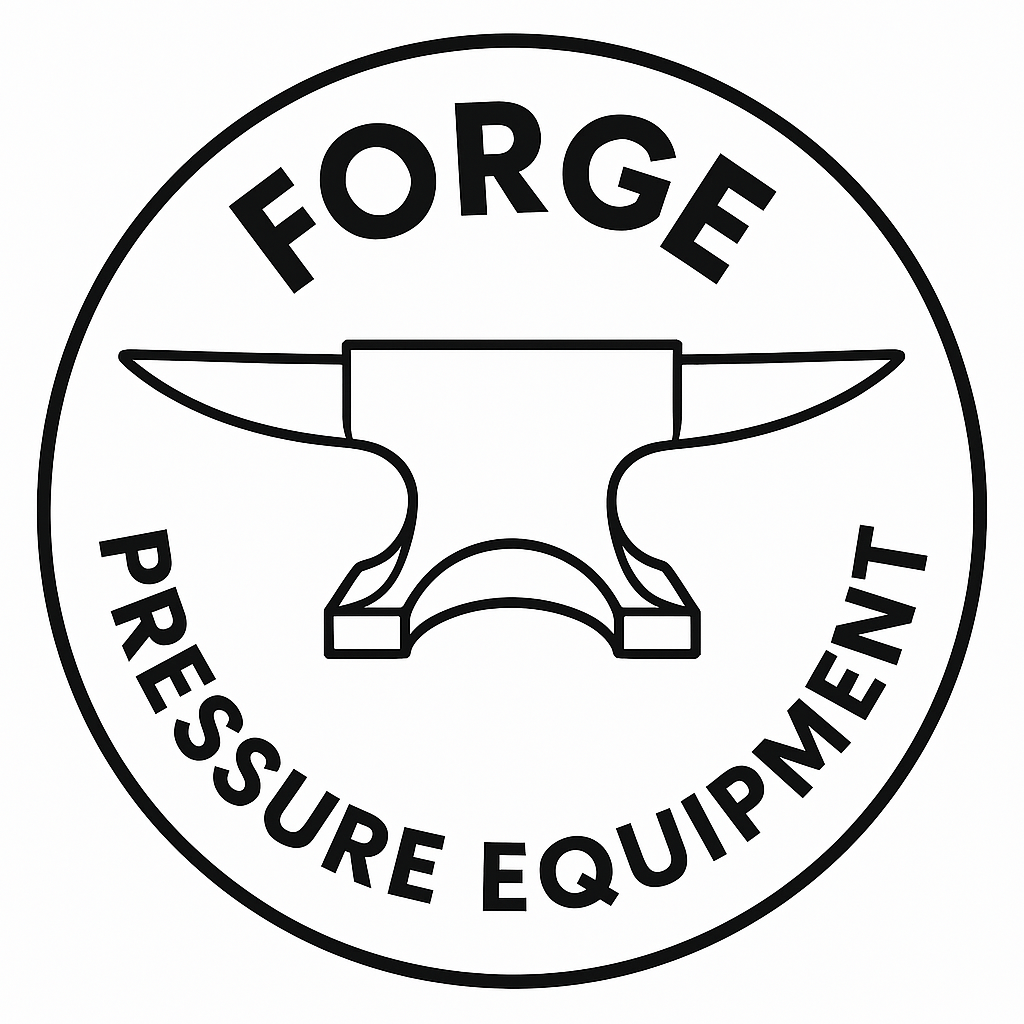FAQs
What is a laboratory pressure vessel and how does it work?
A laboratory pressure vessel is a sealed container designed to safely hold gases or liquids at high pressures and temperatures. At ForgePressure, our vessels use robust stainless-steel or glass-lined shells, precision-engineered closures, and certified relief systems to maintain consistent pressure for reactions, autoclaving, or material testing.
What materials are used in ForgePressure’s pressure vessels?
We manufacture lab pressure vessels in 316L stainless steel, Hastelloy®, Inconel, duplex steel, titanium and more. PTFE-lined variants are available to resist corrosion from acids, solvents, and chlorides.
Are ForgePressure laboratory pressure vessels ASME code compliant?
Yes. All ForgePressure Equipment pressure vessels are designed using ASME Section VIII standards. You can trust our vessels for R&D, pilot plant, and production environments.
Can I customize the size and configuration of my pressure vessel?
Absolutely. We offer custom pressure vessel design services—choose your working volume (from 50 mL to 50 L), flange types (Tri-Clamp®, ANSI, or DIN), and integrated features like sampling ports, temperature probes, and agitators. Contact us for a 3D CAD proposal based on your process requirements.
How do I maintain and inspect my laboratory pressure vessel?
Regular maintenance includes visual inspection of seals, periodic leak testing with inert gas, and verification of relief device set-points. ForgePressure offers on-site or in-house inspection services—complete with pressure tests, dye-penetrant checks, and recertification documentation
Can ForgePressure lab reactors handle high temperature and high pressure simultaneously?
Our high-pressure lab reactors are rated up to 200 bar and up to 500 °C, featuring jacketed designs for precise thermal control and integrated cooling/heating circuits. Add our PID-controlled thermostats and high-pressure stirrers for applications in hydrothermal synthesis, polymerization, or petrochemical testing.
